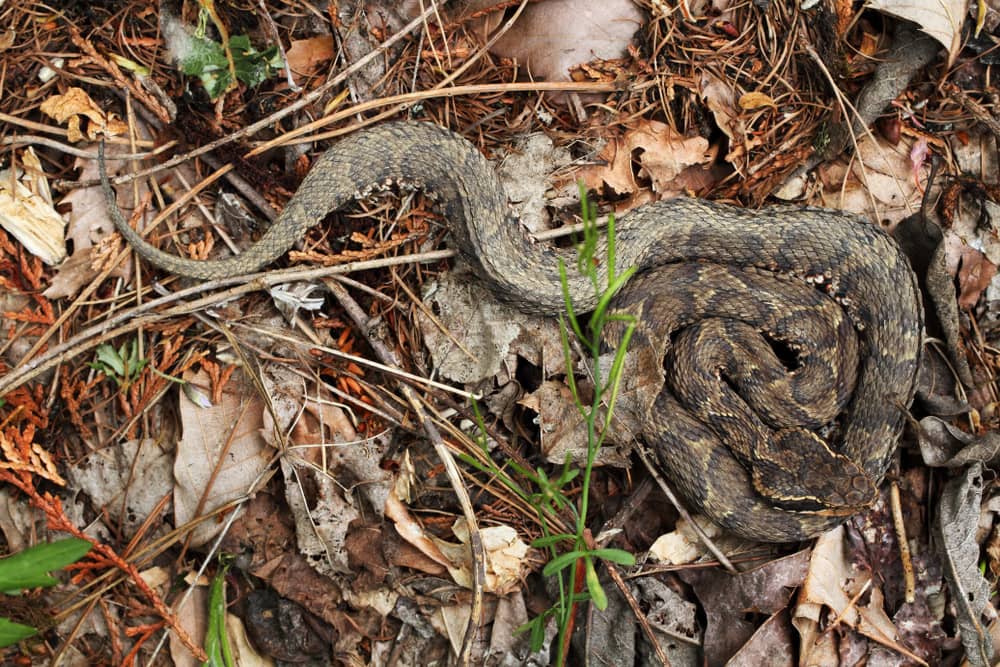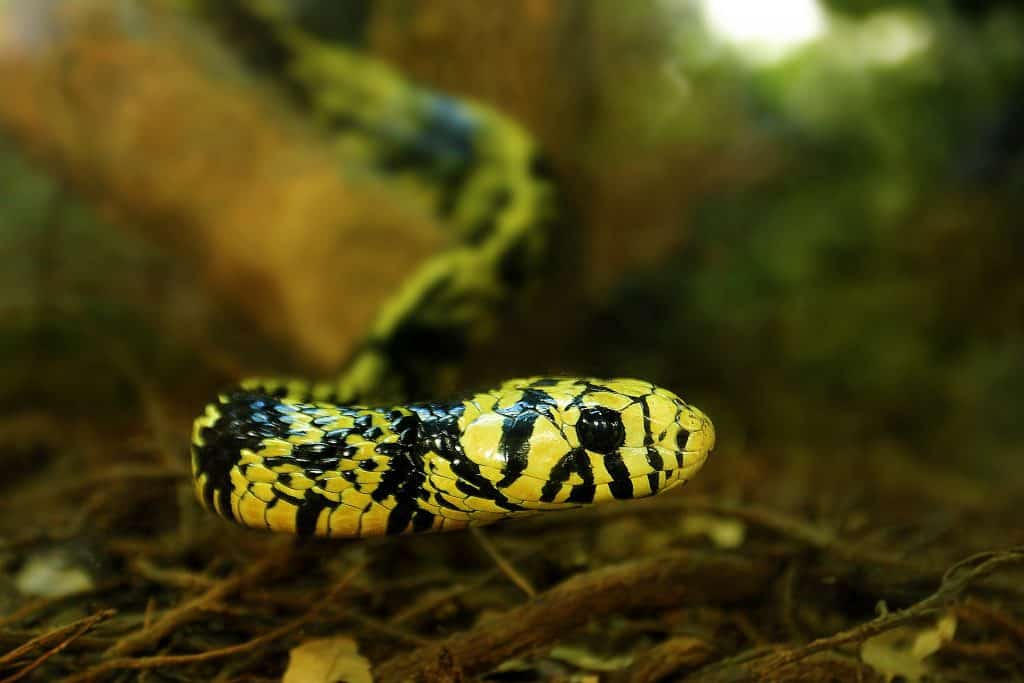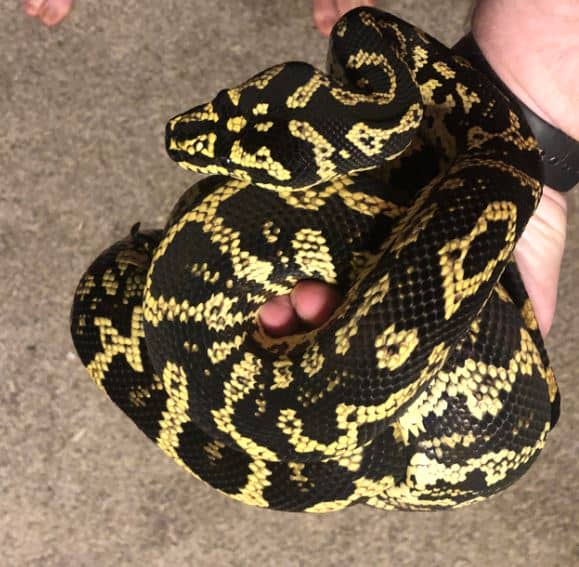Why Green Tree Pythons Are So Popular
If you’ve ever seen a bright neon-green snake coiled gracefully on a branch, chances are it was a Green Tree Python. These gorgeous snakes are adored by reptile enthusiasts for their striking looks and arboreal habits. They’re like living jewels you can watch glide and perch around their enclosure.
The Difference Between Morphs and Localities
When people talk about Green Tree Pythons, you’ll often hear two words: morphs and localities. Morphs refer to color or pattern variations that often come from selective breeding. Localities, on the other hand, are natural variations tied to the snake’s geographic origin. Both are equally fascinating!
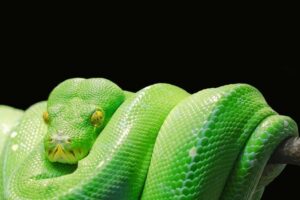
The Fascinating World of Green Tree Python Morphs
What Are Morphs?
Morphs are color and pattern variations that occur due to specific genetic traits. Breeders intentionally pair snakes to bring out unusual or vivid colors.
How Morphs Develop Through Selective Breeding
Through years of careful selection, breeders have created some mind-blowing morphs. Think of it like mixing paint — by choosing specific parents, they can produce baby pythons with unexpected and stunning looks.
Popular Morph Traits to Look For
Some morphs have bold blues, while others sport sunny yellows or milky whites. Traits like reduced melanin or boosted xanthophores (yellow pigment) play big roles in these looks.
7 Stunning Green Tree Python Morphs
1. Blue Morph
Imagine a Green Tree Python… but instead of green, it’s a cool, icy blue. Blue morphs are extremely sought after and often fetch high prices.
2. Calico Morph
Calico morphs show off patches of different colors, almost like someone splashed them with paint. Each one is unique!
3. Albino Morph
Albino Green Tree Pythons lack melanin, giving them an ethereal yellow-white appearance with bright red eyes.
4. Yellow Neo Morph
Some hatchlings start bright yellow (called neos for neonates) and gradually turn green. But Yellow Neo morphs keep much of their yellow, creating stunning adult snakes.
5. Designer Crosses
These snakes are the result of mixing various localities and morphs, leading to creative and unpredictable patterns.
6. Axanthic Morph
Axanthic morphs lack yellow pigments, giving them more silvery-green or bluish tones — almost ghost-like.
7. High Yellow Morph
These snakes are heavily dominated by yellow, sometimes with little to no green at all. They’re like golden sunbeams draped on a branch.
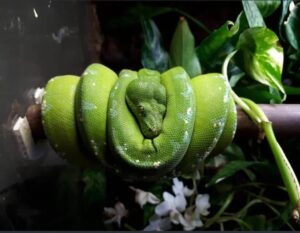
6 Incredible Green Tree Python Localities
What Are Localities?
Localities refer to snakes that originate from specific geographic regions. Each locality tends to have distinctive color patterns and scale traits.
1. Aru Islands
Aru pythons often have thick, white dorsal scales — they look like someone sprinkled them with sugar!
2. Biak Island
Biaks are known for their aggressive feeding response and brighter yellow-greens, often paired with longer snouts.
3. Sorong Region
Sorongs frequently sport scattered blue spotting across their bodies. It’s subtle, but breathtaking.
4. Jayapura Locality
Jayapura Green Tree Pythons typically have solid green bodies with white or blue dorsal streaks.
5. Wamena Locality
These are deep green with scattered blue scales, giving them a mysterious, dusky appearance.
6. Manokwari
Manokwari pythons often feature brilliant turquoise markings — like tiny sapphires embedded in their scales.
Caring for Green Tree Pythons
Habitat and Enclosure Needs
These snakes thrive in vertically oriented enclosures with plenty of perches. A humidity of 50-70% and temps around 80-86°F are key.
Diet and Feeding Tips
They mostly eat rodents. Younger snakes may prefer smaller prey like fuzzy mice. Always offer prey that’s appropriately sized.
Handling and Temperament
Green Tree Pythons can be nippy. They’re best enjoyed visually rather than as “cuddle pets.” With gentle, minimal handling, they can become calmer over time.
Things to Consider Before Buying
Cost and Availability
Some morphs cost thousands of dollars. Locality pythons tend to be more affordable but still pricey. Always budget for proper care, not just the snake.
Finding Reputable Breeders
Look for breeders who prioritize animal health over profit. They should be willing to answer all your questions and show healthy, well-started juveniles.
Conclusion
Green Tree Pythons are living works of art. Whether you’re drawn to a dazzling blue morph or the subtle charm of a Sorong, there’s a Green Tree Python for every snake lover. Just remember — these beauties need specialized care, so do your homework and be ready for a rewarding adventure.
FAQs
Are Green Tree Pythons Good for Beginners?
Not really. Their care needs are more advanced. They’re better suited for keepers with some experience.
How Long Do They Live?
With proper care, they can live 15-20 years, sometimes even longer.
Do Their Colors Change Over Time?
Yes! Many start life bright yellow or red and gradually turn green, often with unique adult patterns.
Can Different Localities Be Crossbred?
Yes, and that’s how many “designer” morphs come to life. However, purists prefer keeping localities pure.
How Much Do These Morphs Cost?
Prices range from around $400 for common locality types to over $5,000 for rare morphs like blue lines.
Please don’t forget to leave a review.

